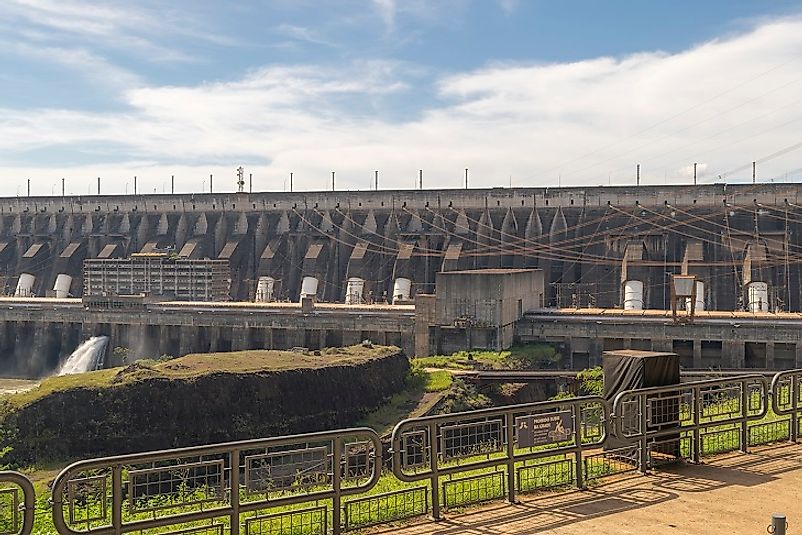What Is Hydroelectricity?

5. Hydroelectric History
The term is related to the generation of electricity with the usage of gravitational force of water. The first turbines were built by the Romans, who used it for the grinding of flour for the preparation of bread. During industrial revolution, the water mills were made which was a source of hydroelectric energy. The electric generators were developed by the end of 19th Century, and in the year 1878 in England the world’s first hydroelectric scheme was developed. In the year 1900, more hydroelectric sites were developed and transmission lines were extended. It was noted that after the year 1945, there was an increase in hydro-power installations but with this, other sources like thermal power, nuclear energy, and other sources are also used. It was seen that by the end of the 20th Century, the hydroelectric power stations were found to be larger in number and was even known as the white coal.
4. Processes and Technologies
The technologies used in the generation of hydroelectric power are the conventional dams, which use energy from water and the power extracted also depends on the volume or the height of the river. Water is delivered from the reservoir to the penstock, which is supplied to the turbine. Pumped storage is another process in which the water is pumped into higher reservoir, which is stored there if the demand of electricity is low. With a sudden increase in the demand, the water is released through turbine to the lower reservoir. In some regions, tidal power stations are also used which generates hydro-power with the rise and fall of the oceanic tides.
3. Notable Hydroelectric Projects
The notable projects which are present all across the globe are The Itaipu Dam, which is between Paraguay and Brazil. It is the world’s largest hydro-power dam which generates 12,600 megawatts of electricity and the height is 190 meters. Other projects are The Three Gorges Dam, which is being built on Yangtze River in China, The Grand Coulee Dam located in Spokane in Washington, The Rogun Dam in Russia, The Oroville Dam situated in the California, and the Idukki Dam which is an arch-dam and is the largest and the first of its kind to be built in India, are also noteworthy.
2. Benefits and Downsides
The main advantage of hydroelectricity is that it is safe and unlike coal or fossil fuels, it does not produce any kind of waste. It is quick to produce and a perfect source when you do not possess other sources like wind or the sun, the electricity cost also becomes little. On the other hand, however, its downsides include damage to the natural environment that can cause floods, causes of silt, and even the danger of the breaking of a dam’s wall and many more.
1. Trends for the Future
When looking at the future generation of hydroelectricity, the trend which the countries are going to follow is the usage of fish-friendly turbine structure along with many other related factors. It is a clean source of electricity provided at low-cost, allows for lower dependence on fossil fuels, and thus a lessened effect on climatic conditions and public health.











